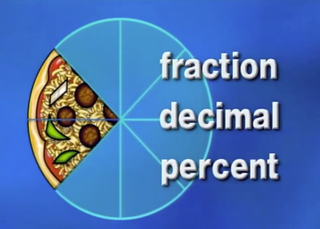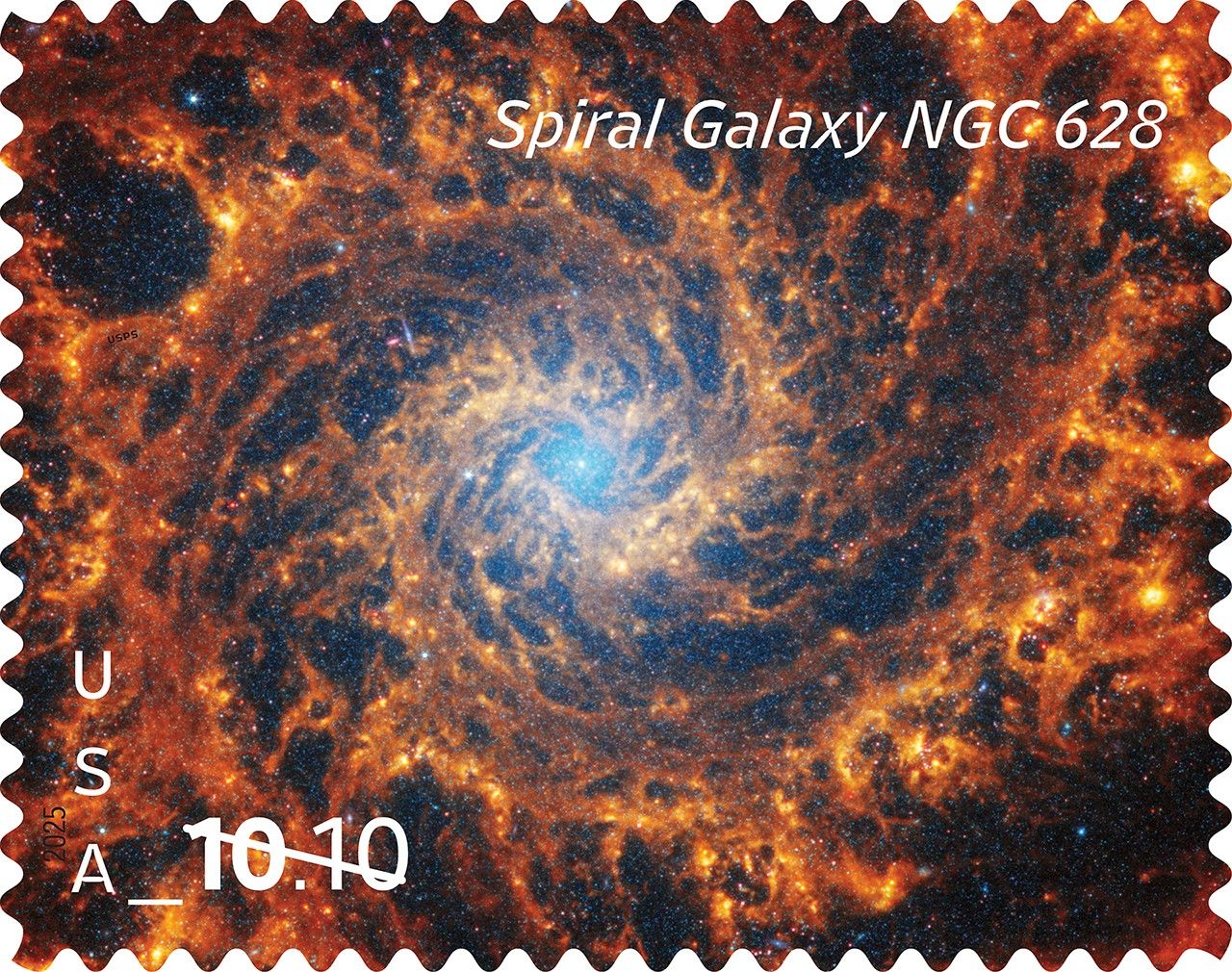
Audience
Educators
Grade Levels
Grades 5-8
Subject
Life Science, Mathematics, Health and Nutrition, Fractions and Decimals
Type
Educator Guides, Lesson Plans / Activities, Other Multimedia
Time Required:
• Engage: 30-45 minutes to conduct initial class discussion and journal activity.
30 minutes to watch the video.
• Explore: 5- to 7-day period for students to collect data on sleep times.
• Explain: 90 minutes for data analysis and discussion of results.
• Evaluate/Extend: 45 minutes to complete proportional reasoning activity.
Why is sleep so critical to good health, and why is NASA interested in studying sleep patterns? NASA researchers are looking at the circadian timing system to help them understand how to better schedule the astronauts’ work and sleep to avoid errors, how to help them adjust to the space environment, and how to help them maintain a healthy schedule in space. While watching the NASA educational video, students will learn about circadian rhythms and how they affect their daily lives. Using hands-on lessons, students will develop proportional reasoning skills and understand how fractions, decimals and percentages are related.
Host Jennifer Pulley, NASA engineers and scientists pose inquiry-based questions throughout the video, allowing students to investigate, discover and think critically about the concepts being presented. When viewing the video, educators should pause the program at the designated times in the segments so students can answer and discuss the questions. Use the activity in the educator guide to reinforce the concepts discussed in the program.
Objectives: Students will
• Collect and record data about sleep habits.
• Calculate the length of sleep periods.
• Calculate the mean average of a data set.
• Convert fractions to decimals and percentages.
• Create graphic representations of data, including line graphs and bar graphs.
• Use proportional reasoning to find an unknown quantity.
• Identify the importance of sleep.
• Draw conclusions from a given set of data.
• Make predictions about the outcome of an event.
• Check solutions and revise anticipated outcomes.
• Conduct research.
• Effectively communicate solutions, both orally and in writing.
The Right Ratio of Rest: Proportional Reasoning Educator Guide [746KB PDF file]
Watch NASA CONNECT — The Right Ratio of Rest: Proportional Reasoning
Additional Resources:
Day in the Life: Sleeping in Space
How Quick Are Your Responses?
Exploring Planetary Moons Educator Guide

























